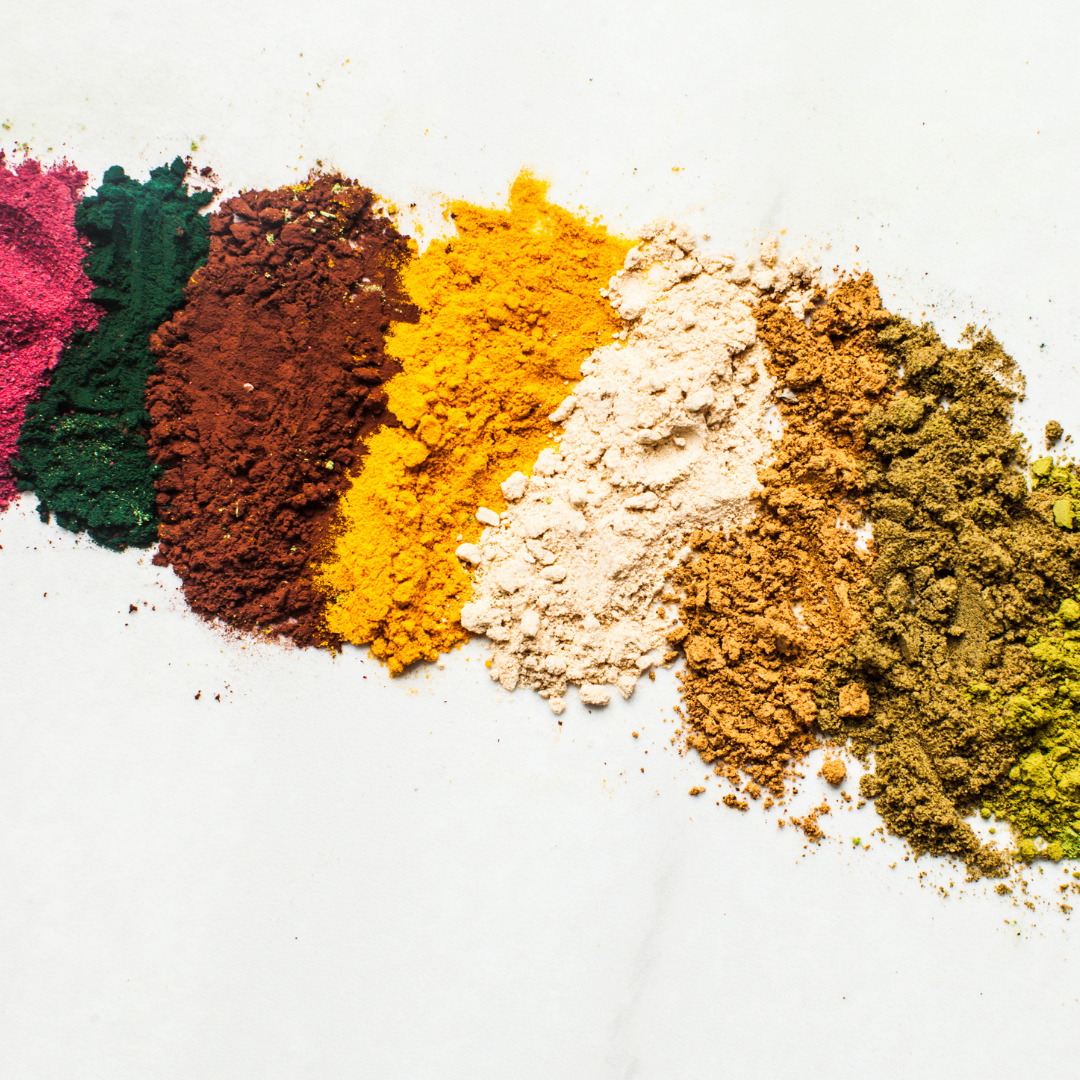
Protein shakes can be a great solution when you need food fast, but don’t want to resort to fast food. They’re quick and easy to make so you’ve always got a hassle-free way to eat well, even on your busiest of days. Keeping a stock in your desk, car or pantry means that you always have a “quick meal” on hand.
But… not all shakes are created equal.
With so many shakes now available on the market – each pumped full of marketing hype and new ‘superfoods’, it’s hard to find a shake that’s actually good for you.
In this blog, we provide a checklist to help you assess the quality of your protein shake. Before getting swept away by marketing buzz words, by studying the nutritional information panel, the ingredients list, the allergen warnings and perhaps even the country of original labelling, we’ll help you make the very best choice for you.
What’s a NIP?
A Nutritional Information Panel (NIP) is a table of standardised data that helps consumers make informed decisions about the food they eat. Australian food regulations require ALL packaged foods to display a NIP that lists the protein, carbohydrate, fats, sugar, dietary fibre and sodium/salt content.
The list of ingredients needs to be displayed by weight – greatest to smallest. This information listing is also helpful in determining the quality of your protein shake, along with the allergen warnings.
Of course, if your protein shake displays any certifications from authoritative industry associations – this definitely adds credibility.
What’s in your protein shake?
When it comes to choosing the best protein shake for your needs, here are 6 things to look out for. If you’ve already got some product in your pantry, why not grab it now so you can use this checklist to see if it passes the test!
- Does it contain a good source of protein?
You’ll want to make sure that the protein shake you choose contains enough protein to meet your needs – at least 20-25 grams per serve. Quantity matters, but so does quality. What is the main protein source in the shake – whey, pea, brown rice, fava beans? The protein type you choose may depend on your goals.
Because you’re buying a protein shake, the main protein source should be the first ingredient listed. If the protein source makes up 50%+ of all ingredients, where it comes from might be important to you to, so check the country of origin labelling.
If you have any dietary requirements, allergies, intolerance or gut health issues, make sure the protein source is certified FODMAP friendly so it doesn’t cause any tummy upsets.
- Prioritise natural ingredients
Do you recognise all of the ingredients listed? Or does the list contain numbers or generic words like ‘sweeteners’ but no other detail as to what that actually means? Common additives that are listed as numbers in protein ingredients are soy lecithin (322), potassium lactate (326) and sorbitol (420).
Many protein shakes on the market contain artificial sweeteners, flavours, and colours. It is best to limit these as much as possible in your diet. Also, some artificial sweeteners can contribute to gut issues, particularly for those with IBS.
- How many calories per serve?
Check out the total number of calories per serving size. If you’re buying a protein or meal replacement shake in Australia, you should see these broken down by serving size and per 100g so you can easily compare between products.
Is the total number of calories too high or too low for your energy needs? You may need a Dietitian to help you decide on this one.
- How much and what type of fat is in your protein shake?
There are different types of fats – so make sure you look at the total fat content, as well as saturated fats – linked to increased risk of heart disease and high blood cholesterol. Does your shake have less than 10g per 100g of total fat? And is it mostly the healthy fats such as mono or polyunsaturated fats.
- How is your shake sweetened?
All shakes contain sweeteners to make them more palatable but quantity and quality matters. It’s not necessary to avoid ALL sugar but try to limit these as much as possible (4g per serve or less). If sugar is listed in the first few ingredients of your shake, it’s likely to be more than 15g per 100g and may be best to find a lower sugar option.
Be on the lookout for sugar in disguise aka dextrose, fructose, glucose, sucrose, maltose, sucralose and aspartame. Artificial sweeteners such as stevia and monk fruit can leave a bitter and metallic aftertaste.
- How much fibre?
Some protein shakes can make you feel constipated because they don’t contain enough fibre. Fibre can help to feel fuller for longer and can also help to improve your gut health. Aim for 7 grams per serve.
There are no requirements under the Food Standards Code to identify the type of fibre contained in a protein shake – whether it’s soluble or insoluble, fermentable or viscous. If you’re worried about how the fibre might impact your digestive system, look for fodmap friendly certification or talk to your dietitian.
Some of our gut friendly shakes include:
– Superflora Shakes (www.noisyguts.com)
– Happy Way Pea Protein Powder in Vanilla & Peanut butter flavours (www.fodshopper.com.au )
– Amazonia Raw Lean & Tone
– VPA Egg protein
These are not sponsored but are some options for those looking for a low FODMAP protein powder.
